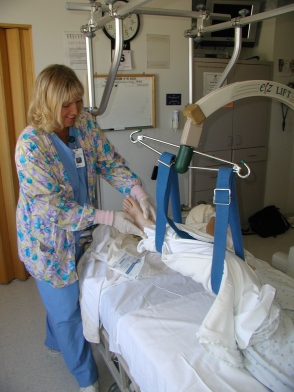 Hospitals are bending over backward to increase their patient satisfaction scores, and, especially now, as it may affect their ability to bill patients. Hospitals are adding room service, suites, and even “care guides” to help patients meet health and recovery goals.
Hospitals are bending over backward to increase their patient satisfaction scores, and, especially now, as it may affect their ability to bill patients. Hospitals are adding room service, suites, and even “care guides” to help patients meet health and recovery goals.
The answer to patient satisfaction isn’t a new piano in the lobby, it’s right inside each patient’s room. It’s the nurse. Nurses say they’re often asked, “can you just sit with me a while?” by a patient. Or the patient will even ask a nurse who’s charting if he or she can just turn around and face them while they have to also look at the computer. It’s the caregiver interaction that patients need and, yes, crave when they’re vulnerable, and it’s the one-to-one contact that will make patients happy.
Some hospitals seem to get it. Sort of. One hospital just boasted that it had increased nurse-to-patient contact time by double-digit percentages as a show of progress, but what this hospital didn’t mention is that they did it by moving computers into patient rooms so nurses had to chart while sitting next to a patient, not with a patient. That’s called abiding by the letter of the law but not the spirit.
Other hospitals, however, continue to understaff nurses in critical areas. Even where a nurse needs to watch over a patient, comfort then, or explain how their care will continue at home, nurses are shaving time with each patient so they can get to the next. A nurse blazing through discharge instructions doesn’t make patients feel satisfied or cared for, it just makes them feel like a number.
Rather than poll patients to determine their satisfaction, hospitals ought to be keeping track of how many patients each nurse is spending time with. That’s the simple and effective formula for figuring patient satisfaction.